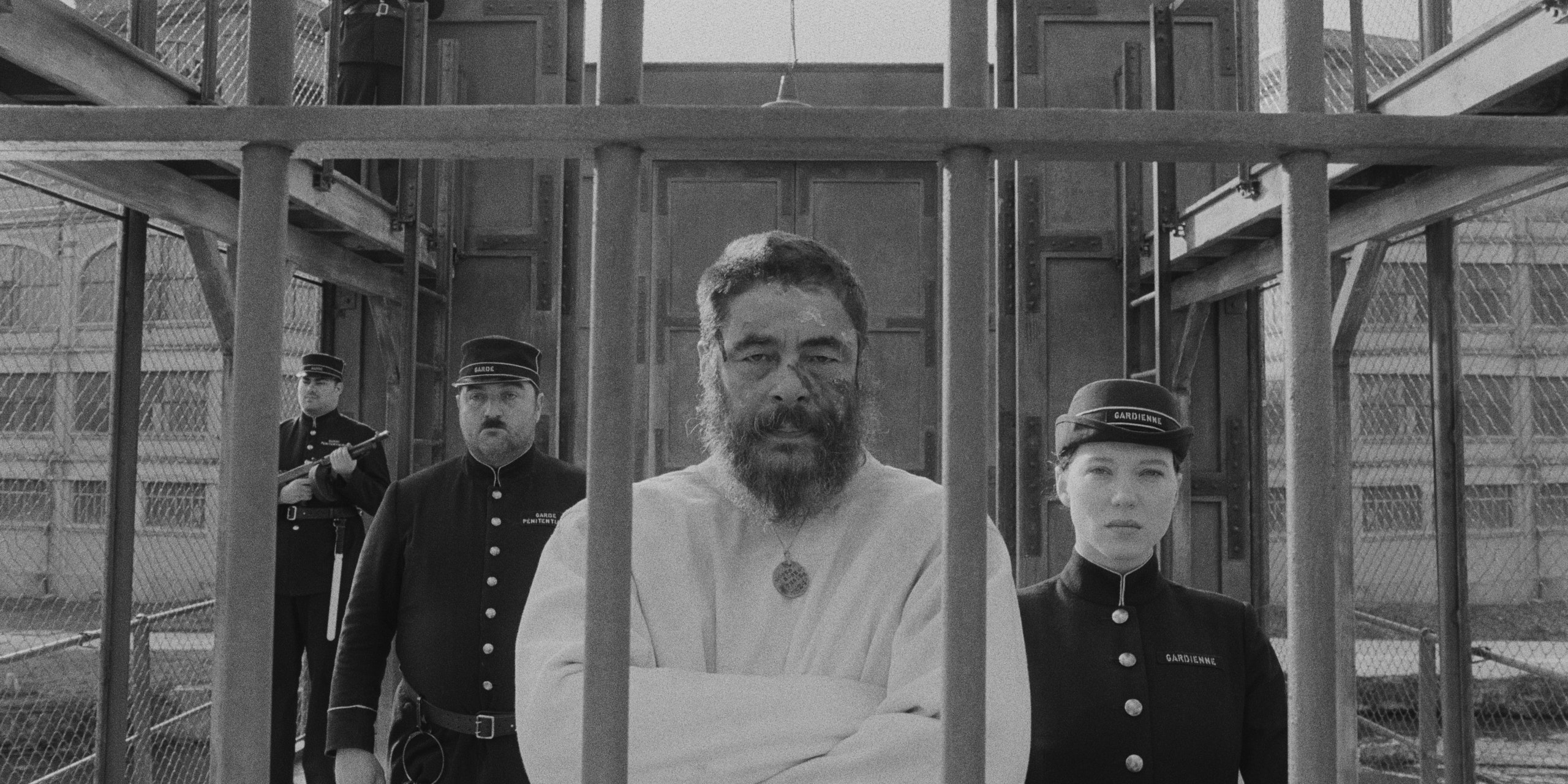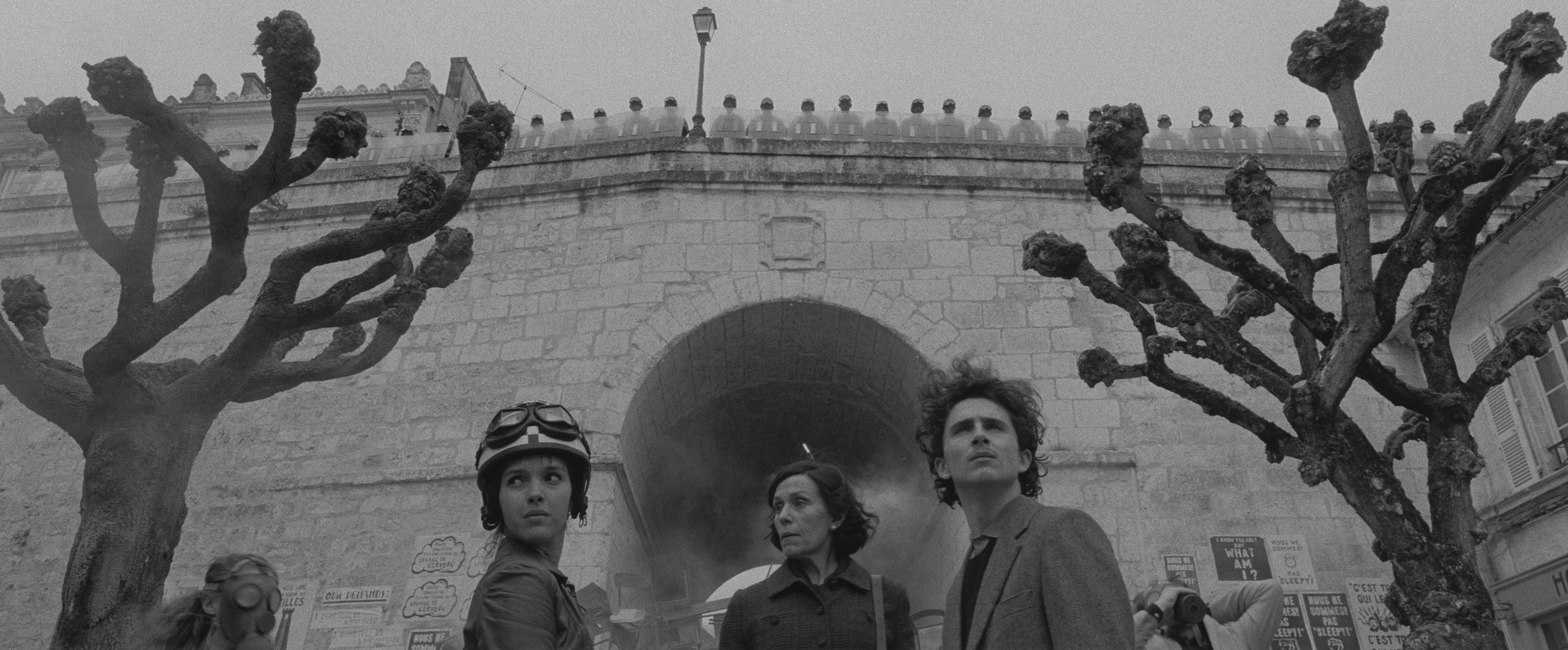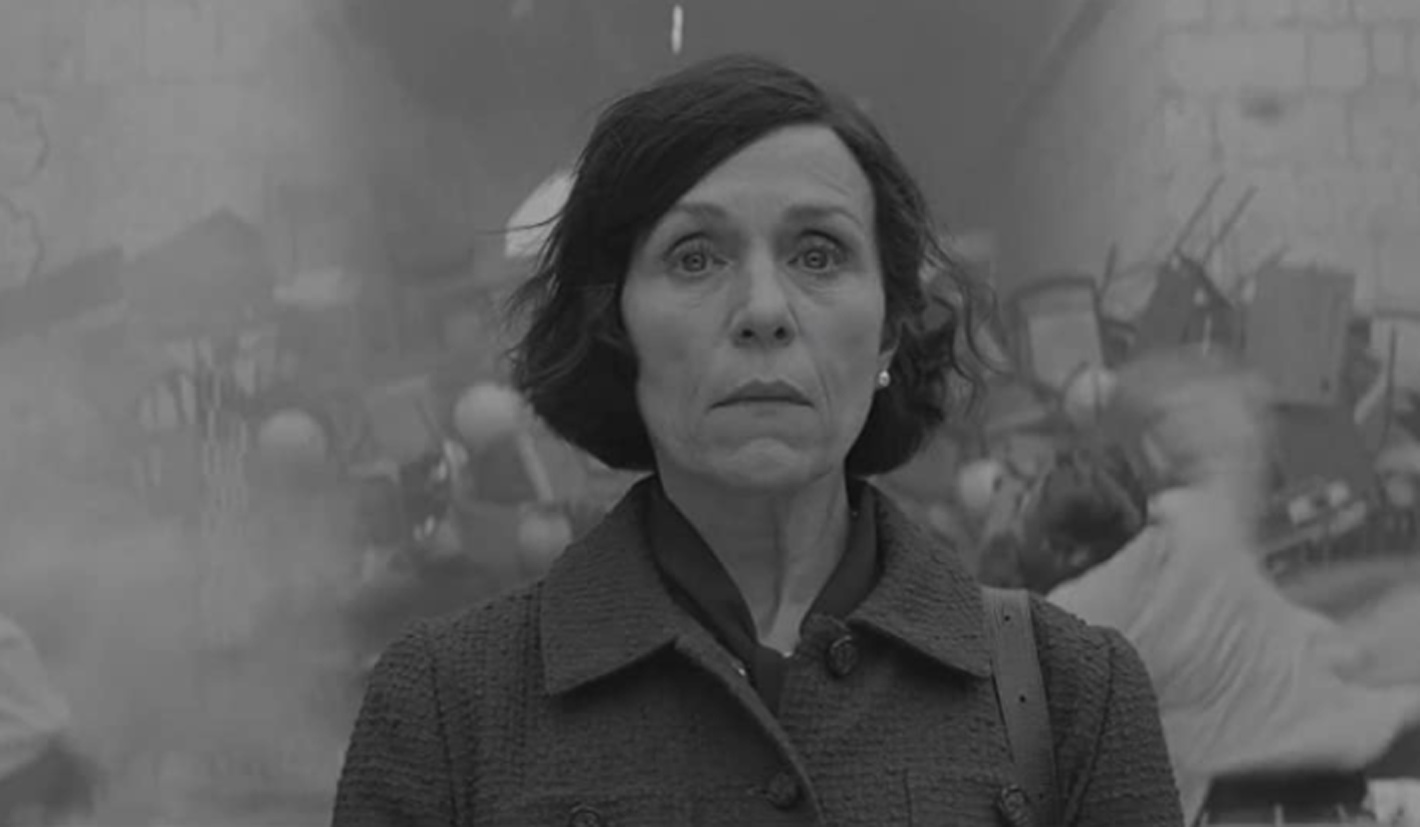The French Dispatch (2021)

The French Dispatch (2021), directed by Wes Anderson, is a visually stunning and meticulously crafted anthology film that serves as a heartfelt homage to journalism, storytelling, and the eccentricities of human creativity. Set in the fictional French town of Ennui-sur-Blasé, the film unfolds as a collection of vignettes, each representing an article from the final issue of The French Dispatch of the Liberty, Kansas Evening Sun. With its ensemble cast of celebrated actors and Anderson’s signature aesthetic, the film is a unique cinematic experience blending humor, poignancy, and artistic brilliance.
At the heart of the film is Arthur Howitzer Jr. (Bill Murray), the editor of The French Dispatch. A kind yet exacting leader, Howitzer has assembled a team of eccentric writers and contributors to produce a magazine that chronicles the cultural, political, and artistic life of France. Following Howitzer’s death, the editorial team prepares the magazine’s final issue, with each story brought to life in vivid, narrative-driven vignettes.
The film begins with a prologue introducing Ennui-sur-Blasé, a quirky and evocative setting that perfectly reflects the eclecticism of the magazine and its contributors. The town itself is a character, with its cobblestone streets, charming architecture, and vibrant local culture captured through Anderson’s meticulous eye for detail.
The first vignette is narrated by Herbsaint Sazerac (Owen Wilson), a travel writer who provides a whimsical and wry tour of Ennui-sur-Blasé. Through his lens, the town’s idiosyncrasies and rich history come to life. This lighthearted introduction sets the stage for the more intricate and emotionally charged stories to come.
The second story is narrated by J.K.L. Berensen (Tilda Swinton), an art critic recounting the tale of Moses Rosenthaler (Benicio del Toro), a tortured artist serving a prison sentence. His muse, Simone (Léa Seydoux), is a prison guard who inspires his groundbreaking yet unconventional artwork. When art dealer Julien Cadazio (Adrien Brody) discovers Moses’s talent, he sets out to capitalize on his creations. This segment explores themes of artistic genius, exploitation, and the value of art in a satirical yet poignant manner.
The third vignette, narrated by Lucinda Krementz (Frances McDormand), chronicles the student protests in Ennui-sur-Blasé, inspired by the May 1968 uprisings in France. Zeffirelli (Timothée Chalamet), a passionate and idealistic young revolutionary, leads the charge, while Krementz navigates the movement with journalistic detachment that eventually gives way to personal involvement. The interplay between youth, rebellion, and idealism is both humorous and reflective, capturing the spirit of political change and romantic folly.
The final story, narrated by Roebuck Wright (Jeffrey Wright), is a suspenseful and layered tale about a celebrated chef (Stephen Park) who becomes entangled in the kidnapping of the police commissioner’s son. This segment blends noir elements with Anderson’s trademark humor and visual inventiveness, offering a poignant exploration of loyalty, resilience, and culinary artistry.
Wes Anderson’s signature visual style permeates every frame of The French Dispatch. From symmetrical compositions and intricate set designs to a vibrant color palette interspersed with black-and-white sequences, the film is a feast for the eyes. Anderson also employs animation, split screens, and playful transitions, creating a dynamic and immersive storytelling experience.
Beneath its surface whimsy, the film is a meditation on the art of journalism and the power of storytelling. Each vignette highlights different aspects of human experience—art, politics, love, and food—through the perspectives of characters who are deeply passionate about their craft. The film celebrates the writers’ dedication to uncovering and chronicling the extraordinary within the ordinary.
The ensemble cast delivers exceptional performances, with each actor bringing nuance and charm to their role. Bill Murray’s understated portrayal of Arthur Howitzer Jr. serves as the film’s emotional anchor, while Tilda Swinton, Frances McDormand, and Jeffrey Wright shine as the narrators of their respective segments. Benicio del Toro and Timothée Chalamet are particularly memorable, infusing their characters with depth and charisma.
Critics lauded The French Dispatch for its visual artistry, humor, and ambition, though its fragmented structure and dense storytelling divided some viewers. For fans of Wes Anderson, the film is a treasure trove of his signature quirks and meticulous craftsmanship.
The French Dispatch is a celebration of journalism and creativity, a film that revels in the beauty of storytelling and the complexities of human endeavor. With its richly layered narratives, stunning visuals, and heartfelt performances, it stands as a testament to Wes Anderson’s unique voice in contemporary cinema. Both a love letter to the written word and a showcase of cinematic innovation, the film is an unforgettable experience for those willing to dive into its intricate world.











